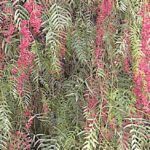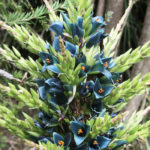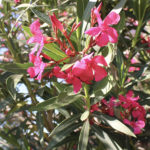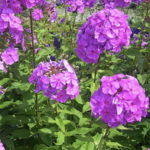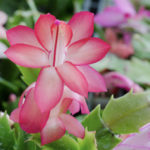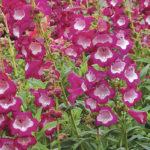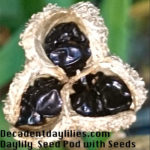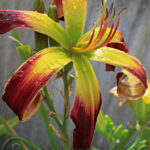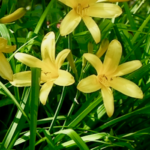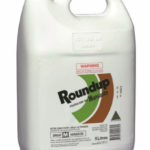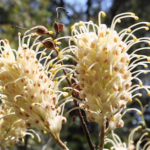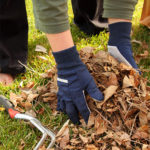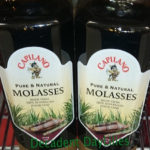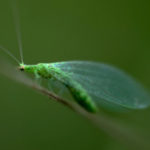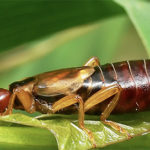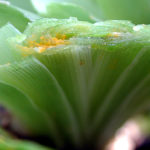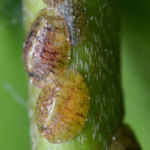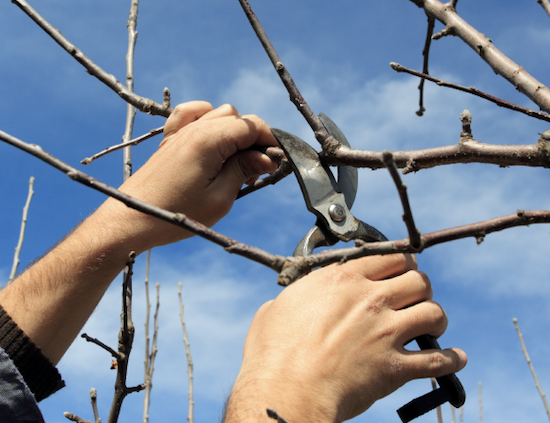
Growing Apple Trees
What You Need To Know About Growing Apple Trees
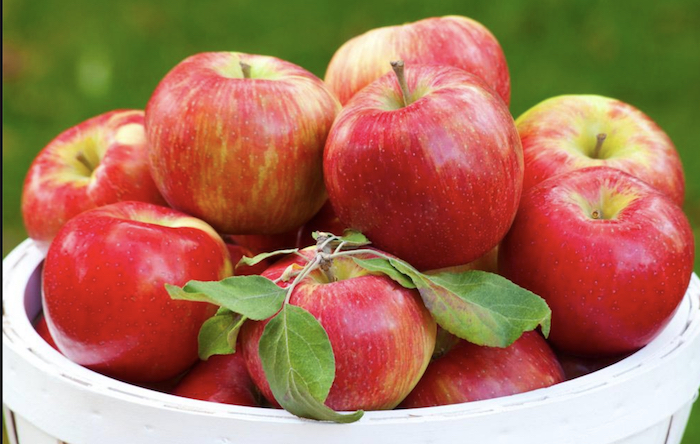
Apples are the favourite fruit of many people, however, many people are reluctant to grow the apple tree in their garden as they think growing apples is a difficult task. Apple trees grow in many parts of Australia like Victoria, Melbourne, cooler regions of Western Australia, Tasmania and South Australia. There are different disease resistant varieties with a superior taste available for commercial need or for a small garden need.
Cultivation
Apple trees need fertile and well-drained, moist soil to grow. They need at least 5 hours of full sun to produce flowers and fruits. Before planting ensure that the soil has enough amount of compost and ensure that the soil is moist during the growing season. You can use slow release fertiliser in spring to improve the general growth. Annual pruning is necessary to develop the branches and to increase fruit bearing.
Popular Varieties
Granny Smith
This is a cultivar of apple originated in Australia. The fruits of Granny Smith have light green skin and juicy flesh. The fruits are suitable for cooking as they have a tart and tangy flavour. It is used in making pies, cider and sauces. The fruits of Granny Smith have an excellent shelf life and can be exported to distant places. They are also very high in anti-oxidant content.
Pink Lady -My Favourite Eating Apple
Pink lady or Malus domestica is another cross–breed apple variety which produces medium sized fruits with pink or scarlet skin. It is suitable for warm climate regions in Australia. This variety offers the best eating flavour.
Pollination
Apple trees need suitable pollinator variety to bear fruits. However, there is no need to grow two apple trees to effect pollination. You can find double or multi-graft varieties to plant in the available space or you can plant two dwarf varieties in a single hole to save space. You can use the self pollinating varieties as well.
Diseases
Apple trees are not pest free. They are prone to pests and diseases like canker, scab, mosaic virus, powdery mildew, etc. to control pests and diseases, spray Bordeaux or lime sulfur during spring when the flower buds start to open and again spraying the pesticide when the 10% of the flowers are open. To prevent fungal diseases like apple scab, spray the trees with a 10% solution of powdered lime and water when fruiting starts. You can also use baking soda solution at two week intervals during the spring season to control powdery mildew and apple scab. Remove the fallen leaves, fruits and remove the pruned branches to prevent disease attacks.
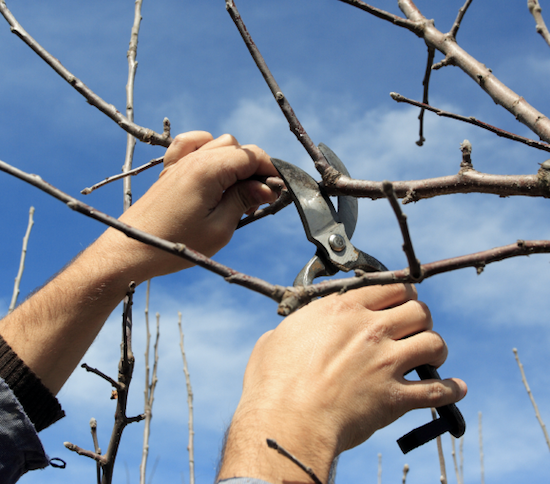 Pruning – What to Prune and When to Prune
Pruning – What to Prune and When to Prune
The pruning of apple trees has to be done during the dormancy to create the framework for the branches. Damaged and diseased branches have to be removed carefully. Branches that are close together should be removed to increase fruit production. The unwanted whip like water suckers that shoot out from the main branch should be removed from the area where the branch meets the main trunk. This will provide more energy for re-growth of the fruit tree, regular pruning is needed to keep the water sprouts in check. Water shoots are easy to spot they grow upwards and are very vigorous. A one year old tree should be pruned just after planting. Make sure that the bottom half of the tree has enough buds to produce new branches. During the second year, cut the new growths and leave the previous year stem. Always the side shoots should be pruned above the bud which is facing outward and always retain at least 50% of the previous year growth to ensure fruiting. Winter is the best time to hard prune apple trees after the apple tree has lost all its leaves.


